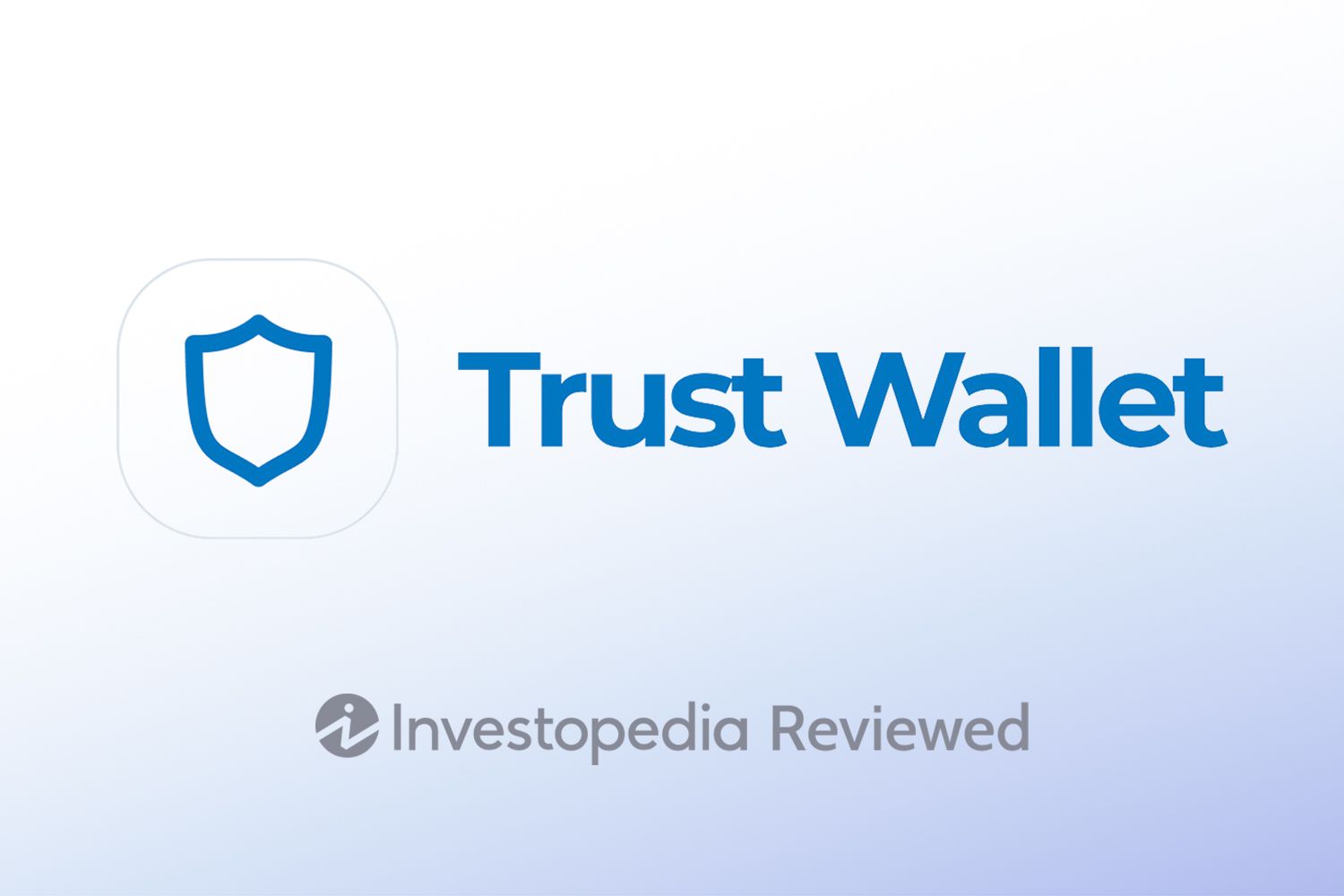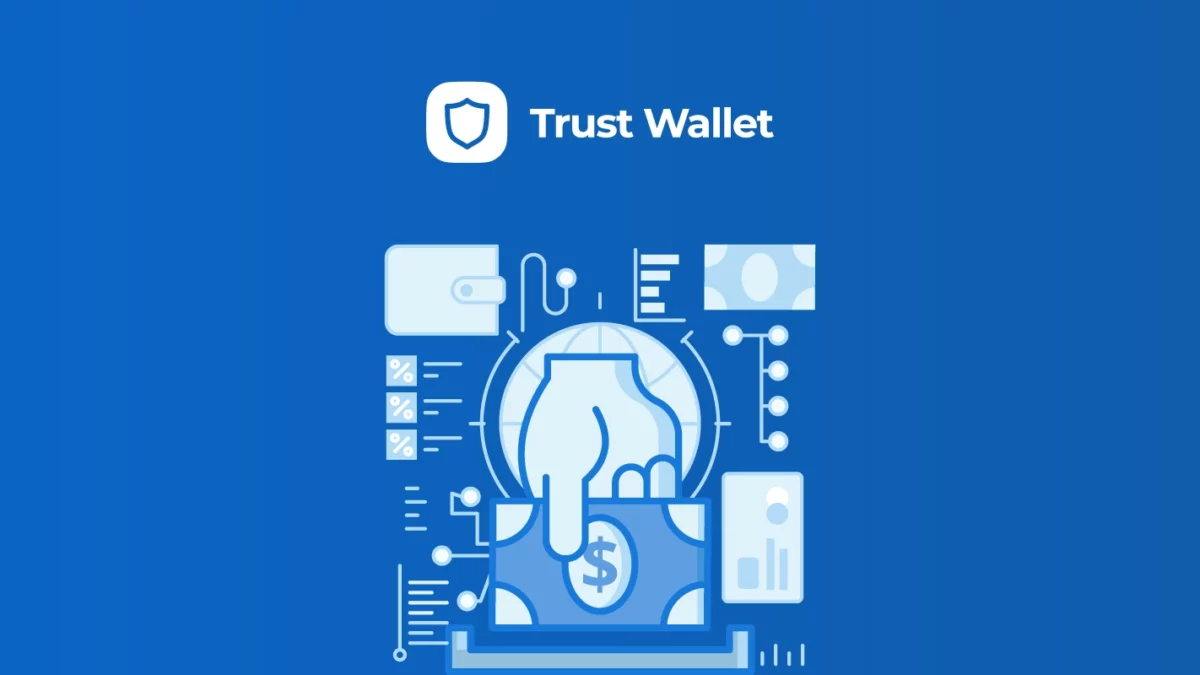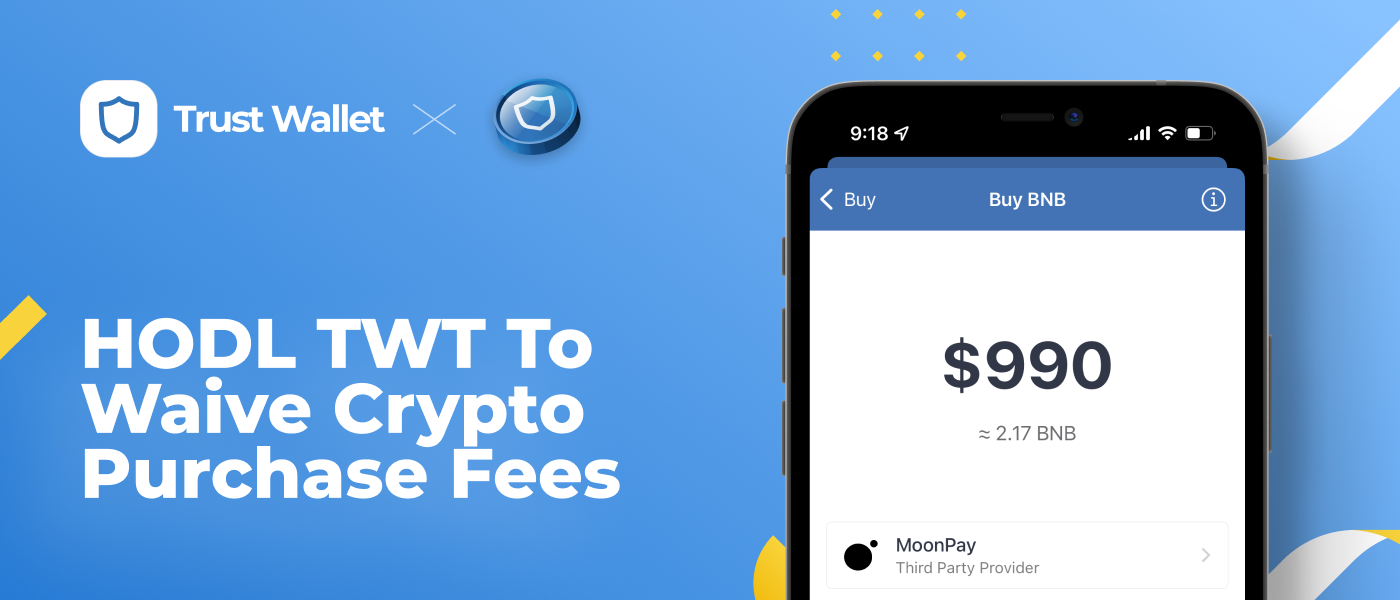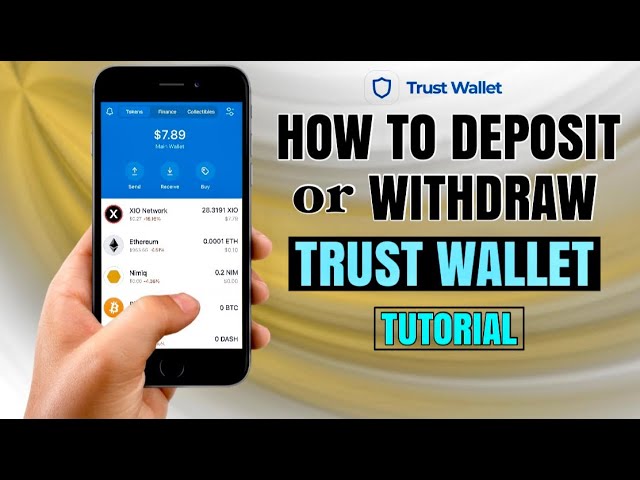Trust Wallet is a decentralized mobile wallet app that allows users to securely store, send, and receive a wide range of cryptocurrencies. It provides full control over private keys and supports direct interactions with decentralized applications (DApps) through its built-in Web3 browser. Users can also buy cryptocurrencies within the app, engage in staking, and manage NFTs.

Introduction to Trust Wallet
Trust Wallet is a versatile and user-friendly mobile cryptocurrency wallet that emphasizes security and privacy. As the official cryptocurrency wallet of Binance, it supports a wide range of digital assets and provides users with an easy way to manage their cryptocurrencies.
What is Trust Wallet?
Trust Wallet is a decentralized wallet, designed for the storage and management of cryptocurrencies and tokens. It allows users to send, receive, and store various digital assets securely on their mobile devices. Being a non-custodial wallet, it ensures that users retain full control over their private keys and, consequently, their funds.
Key Features of Trust Wallet
- Multi-Currency Support: Trust Wallet supports a vast array of cryptocurrencies, including Ethereum (ETH), Bitcoin (BTC), Binance Coin (BNB), and many ERC-20, ERC-721, and BEP-2 tokens.
- User-Friendly Interface: The wallet is designed with a focus on simplicity and ease of use, making it accessible for both beginners and experienced users.
- Decentralized Applications (DApps) Browser: Integrated directly within the wallet is a Web3 browser that enables users to interact with decentralized applications (DApps) without leaving the app.
- Security: Trust Wallet provides robust security features, including encrypted private keys stored locally on users’ devices and biometric authentication methods for accessing the wallet.
- Staking: Users can also stake certain cryptocurrencies directly within the wallet, earning interest on their holdings.
Supported Cryptocurrencies and Tokens
Trust Wallet’s extensive support for cryptocurrencies and tokens is one of its standout features. It not only supports major cryptocurrencies like Bitcoin, Ethereum, and Litecoin but also offers extensive support for ERC-20 tokens (on the Ethereum network), BEP-2 tokens (on the Binance Chain), and other standards like ERC-721 (NFTs). This broad support makes Trust Wallet an appealing choice for users holding a diverse portfolio of digital assets.
Setting Up Trust Wallet
Setting up Trust Wallet is a straightforward process designed to provide users with quick access to managing their cryptocurrencies. From downloading the app to securing your wallet with a recovery phrase, each step ensures that users can confidently store, send, and receive digital assets.

Downloading and Installing Trust Wallet
- App Store and Google Play: Trust Wallet is available for free on both the iOS App Store and Google Play for Android devices. Simply search for “Trust Wallet” in your device’s app store to find the application.
- Download: Once located, click the download or install button. The app will automatically download and install on your mobile device.
- Open the App: After installation, open Trust Wallet by tapping on its icon on your home screen or app drawer.
Creating a New Wallet
- Initialization: Upon opening Trust Wallet for the first time, you will be presented with the option to create a new wallet. Select this option to begin the setup process.
- Terms of Service: Review and accept the terms of service. This is a crucial step to ensure you understand the non-custodial nature of Trust Wallet, meaning you have full control over your keys and funds.
- Security Step: The app will prompt you to create a strong password or enable biometric authentication (like fingerprint or face ID), adding an additional layer of security to your wallet.
Backing Up Your Recovery Phrase
- Recovery Phrase Generation: As part of the wallet creation process, Trust Wallet will generate a 12-word recovery phrase. This phrase is a backup key to your wallet and allows access to your cryptocurrencies.
- Write It Down: It is critical to write down your recovery phrase and store it in a secure, offline location. Never share this phrase with anyone, and avoid storing it digitally to prevent unauthorized access.
- Confirmation: Trust Wallet may ask you to input several words from your recovery phrase to confirm that you have recorded it correctly. This step ensures that you can recover your wallet if your device is lost or damaged.
Receiving and Sending Cryptocurrency
Trust Wallet simplifies the process of receiving and sending cryptocurrencies, catering to users of all experience levels. Understanding how to manage transactions securely and efficiently is crucial for every Trust Wallet user.
How to Receive Cryptocurrency in Trust Wallet
- Access Your Wallet: Open Trust Wallet and select the cryptocurrency you wish to receive. If the cryptocurrency is not already added to your wallet, you may need to tap on the plus icon to search and add it.
- Find Your Address: Tap on the “Receive” button to display your wallet address and QR code. This address is unique to the specific cryptocurrency you’ve selected.
- Share Your Address: You can share your address directly or allow the sender to scan your QR code. Ensure the sender uses the correct address for the specific cryptocurrency to avoid loss of funds.
- Confirm the Transaction: Once the sender completes the transaction, it may take some time for it to reflect in your wallet, depending on the blockchain’s speed and congestion level.
Sending Cryptocurrency to Others
- Select the Cryptocurrency: Open Trust Wallet, choose the cryptocurrency you want to send, and tap on the “Send” button.
- Enter Recipient Details: Input the recipient’s wallet address or scan their QR code. Double-check the address to ensure it’s correct.
- Input the Amount: Enter the amount of cryptocurrency you wish to send. Be mindful of maintaining enough balance to cover the transaction fees.
- Confirm and Send: Review the transaction details. If everything is correct, confirm and send the transaction. You might be asked to enter your wallet’s security code or authenticate the transaction.
Transaction Fees Explained
- Network Fees: Every blockchain network charges a fee for processing transactions. These fees go to the network’s miners or validators, not to Trust Wallet.
- Variable Fees: Transaction fees can vary based on the blockchain’s congestion level. More congested networks often result in higher fees.
- Choosing Fees: Some cryptocurrencies in Trust Wallet allow you to choose the transaction fee’s priority level, affecting how quickly the transaction is processed. Higher fees can lead to faster confirmations.
- Visibility: Trust Wallet will display the estimated transaction fee before you confirm a transaction, ensuring transparency.
Storing Cryptocurrencies Securely
Trust Wallet provides a secure environment for storing cryptocurrencies, incorporating multiple security features and practices. However, the safety of your digital assets also depends on how you manage and protect your wallet.
Security Features of Trust Wallet
- Private Key Encryption: Trust Wallet stores your private keys locally on your device, encrypted and protected by industry-standard security protocols.
- Recovery Phrase: Upon creating a wallet, Trust Wallet generates a 12-word recovery phrase, allowing you to recover your funds if you lose access to your device.
- Biometric Access: For added security, Trust Wallet supports biometric authentication methods, such as fingerprint scanning or facial recognition, to restrict access to the app.
Best Practices for Wallet Security
- Safeguard Your Recovery Phrase: Write down your recovery phrase and store it in a secure, offline location. Never share it with anyone or store it online.
- Regular Updates: Keep Trust Wallet and your device’s operating system updated to ensure you have the latest security features and fixes.
- Be Wary of Phishing: Always be cautious of phishing attempts. Trust Wallet or any legitimate service will never ask for your recovery phrase or private keys.
- Use Strong Passwords: Enhance the security of your device by using strong, unique passwords and enabling two-factor authentication (2FA) wherever possible.

What to Do If You Lose Your Device
- Access Your Wallet from Another Device: Install Trust Wallet on a new device and use your recovery phrase to regain access to your wallet.
- Transfer Your Funds: Once you have regained access, consider transferring your funds to a new wallet generated with a new recovery phrase for added security.
- Secure Your New Device: Ensure your new device is secure by updating its operating system, installing security software, and applying all of the best practices mentioned above.
By combining Trust Wallet’s robust security features with vigilant personal security practices, you can significantly minimize the risks and ensure the safe storage of your cryptocurrencies.
